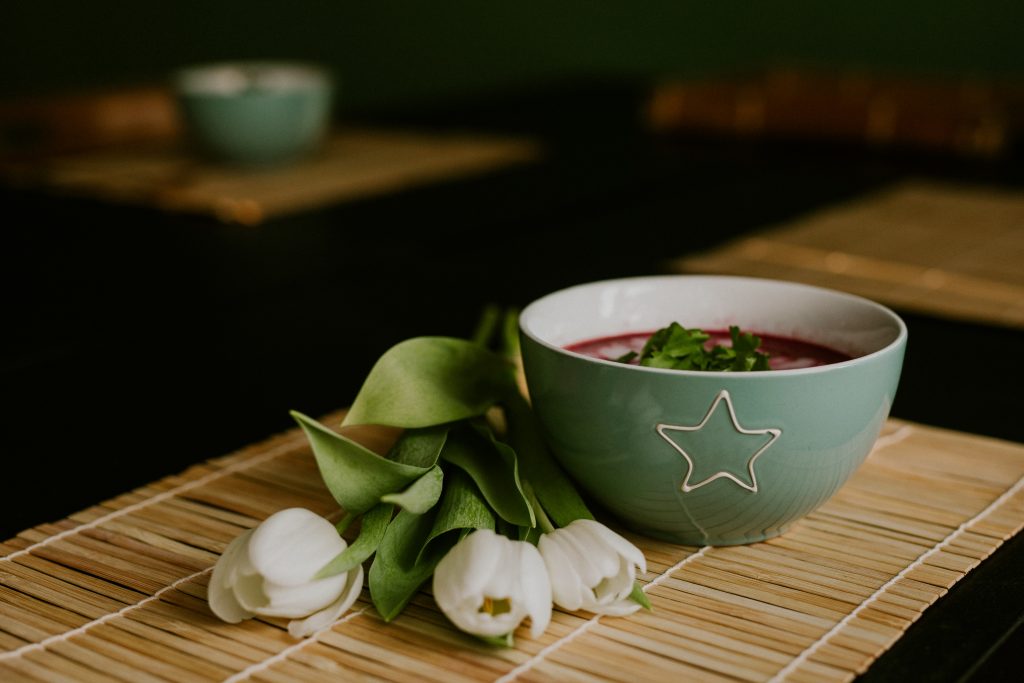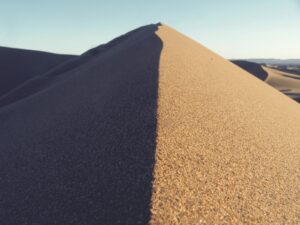Subscribe to the Newsletter
If you are interested in understanding how Traditional Chinese Medicine can improve your life sign up to my newsletter for the latest updates.

Key Learning Points
I’ve made Borscht soup from many recipes, but this is the Best. This is an Eastern European soup, and its basic ingredient is beetroot.
The dish is wonderfully nutritious and good taken Cold in Summer or Warm in Winter.
Beetroot is neutral in terms of Yin and Yang, and is neither heating nor cooling. So it works fine in both summer and winter.
This site aims to explain Chinese medicine in English!
So if, bewildered, you have arrived here by chance and wonder what all this yin-yangery has to do with soup, skip the technical bit in italics below and push on down the page until you get to the recipe, in my opinion the BEST borsch recipe around!
Borscht? Borsch? Borsh? Boorsh? Bourcht? Porsche?
No! Beetroot shoup!
In Chinese medicine the nature of beetroot is said to be sweet so benefits the work of your Spleen and Stomach.
It is a good Blood tonic and therefore beneficial for you whether you are Yin or Yang deficient.
Beetroot also has a slightly downward action, which explains its use for constipation. This downward action also imparts a slight heat-clearing action, without being cold, so makes beetroot good for Yin-deficiency Heat type, or Heart and Spleen Blood deficient type, skin problems.
If you’re interested in beetroot benefits from the Western perspective, see further down below!
Of course, please don’t think that one mouthful of borscht soup, or even one soup-bowl-full will solve all your health problems!
You might need more than just the one …
I got this recipe via my mother who took me to stay with a very elderly aunt, whose companion was an equally old Hungarian, thought to have been a Countess in a former life, but fallen on hard times.
Whether she had been a Countess, or the cook to a Countess I never discovered, but this recipe is a Countess among Borscht recipes.
This borscht soup contains all sorts of different things, but no added sugar! The root vegetables combine to produce a greatly superior dish. Also, it is both vegetarian and vegan if you substitute the butter with another oil of your choice – and take non-dairy yogurt.
By the way, the fresh leaves of beetroot can be used in salads in summer or cooked like spinach in winter.
If you are Yin deficient, the time taken to prepare and make this soup is beneficial to your health, as long as you don’t hurry.
Beetroot contains a lot of sugar. Taken sensibly, one cup of juice daily, or several beet roots, should cause even diabetics no problems but if you are concerned, first take advice from your health professional.

Stay in Touch!
No spam, only notifications about new articles and updates.

Book a Video consultation if you want to know more about your symptoms

This Introductory Chinese medicine course introduces you to the amazing thinking behind this ancient medicine, now increasingly in demand.

The Scottish College for Chinese medicine provides introductory courses for all, explaining Chinese medicine and its cultural background.

Master Tung’s acupuncture is a hidden treasure, lost to China but recovered in Taiwan from where it spread round the world.

Knee pain has five main causes. It’s certainly worth trying acupuncture before you resort to surgery!
Subscribe to the Newsletter
If you are interested in understanding how Traditional Chinese Medicine can improve your life sign up to my newsletter for the latest updates.
Subscribe to the Newsletter
If you are interested in understanding how Traditional Chinese Medicine can improve your life sign up to my newsletter for the latest updates.